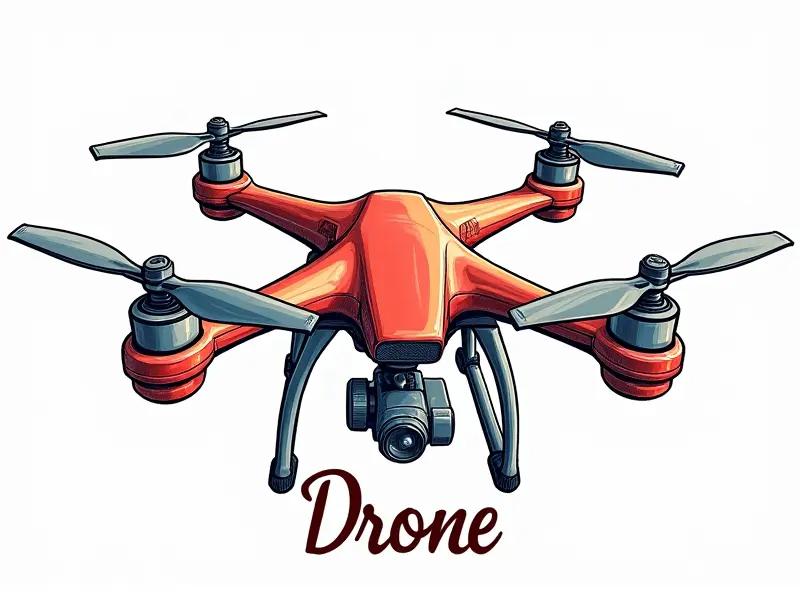FPV drone camera resolution?

FPV Drone Camera Resolution: A Comprehensive Guide
Best FPV Drone Camera Resolution Explained
The best FPV (First-Person View) drone camera resolution is a crucial factor for enhancing your flight experience. It directly impacts the clarity and detail of what you see during flight, making it essential to choose wisely.
Choosing FPV Drone Camera Resolution Wisely
- Evaluate Your Needs: Consider whether you are a casual flyer or an enthusiast looking for high-quality footage.
- Budget Constraints: Higher resolution cameras often come with a higher price tag, so weigh the benefits against your budget.
- Flight Conditions: Optimal resolution can vary based on lighting conditions and flight environments.
Maximize Your FPV Experience with Optimal Res
To maximize your FPV experience, it's essential to understand how different resolutions impact the overall quality of your video feed. Higher resolutions provide clearer images but may also introduce lag due to increased data processing requirements.
What's the Ideal Resolution for FPV Drones?
The ideal resolution for FPV drones depends on several factors, including intended use and available technology. For most users, a balance between clarity and performance is key.
How Does Camera Resolution Affect FPV Quality?
- Better Detail: Higher resolutions offer more detail in the video feed, making it easier to spot obstacles or fine details during flight.
- Data Overload: Excessive resolution can lead to data overload, causing lag and reducing responsiveness.
Top Tips for Selecting FPV Drone Cam Res
- Start with a Mid-Range Resolution: Opt for something like 720p or 1080p to strike the right balance between quality and performance.
- Test Different Settings: Experiment with various resolutions during flights to find what works best for you.
Why Higher Resolution Isn't Always Better in FPV
While higher resolution generally means better image quality, it's not always the best choice for FPV drones. Increased data processing can lead to lag and reduced responsiveness, which is critical during fast-paced flights.
The Impact of Resolution on FPV Drone Flight
The impact of camera resolution on FPV drone flight is significant. Higher resolutions provide clearer images but may also introduce delays that affect your ability to react quickly.
Understanding FPV Drone Camera Resolution Limits
It's important to understand the limits of your drone’s hardware and software in terms of handling high-resolution video streams. Overloading these systems can lead to performance issues.
Optimal Resolution for FPV Racing Drones
Racing drones often require a balance between resolution and latency. Optimal settings vary but typically lean towards mid-range resolutions like 720p or 1080p, which offer clear images without excessive lag.
Boost Your FPV Experience with Better Res
- Increase Image Clarity: Upgrading to a higher resolution can significantly improve the clarity of your video feed.
- Enhance Flight Control: Clearer visuals help you make quicker decisions and maneuver more precisely during flight.
Conclusion
The choice of FPV drone camera resolution is a critical decision that can greatly impact your flying experience. By understanding the nuances of different resolutions, you can select the optimal setting for your needs, whether you're a casual flyer or an enthusiast looking to push the boundaries of performance.

